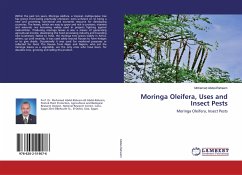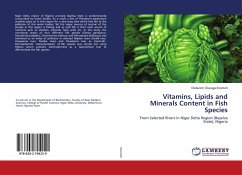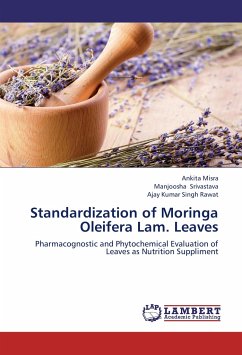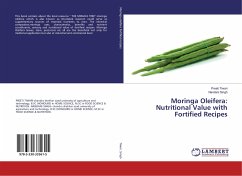Within the past ten years, Moringa oleifera, a tropical, multipurpose tree has grown from being practically unknown, even unheard of, to being a new and promising nutritional and economic resource for developing countries. The leaves, which are easy to grow and rich in proteins, vitamins and minerals, are becoming widely used in projects fighting against malnutrition. Producing moringa leaves is also a means of generating agricultural income, developing the food processing industry and founding new businesses. Native to India, the moringa tree grows widely in Africa, where, up until recently, it was used solely around houses to form hedges or to give shade. Occasionally it was used for medicinal purposes or collected for food. The Haussa from Niger and Nigeria, who eat the moringa leaves as a vegetable, are the only ones who have been, for decades now, growing and selling this product.








